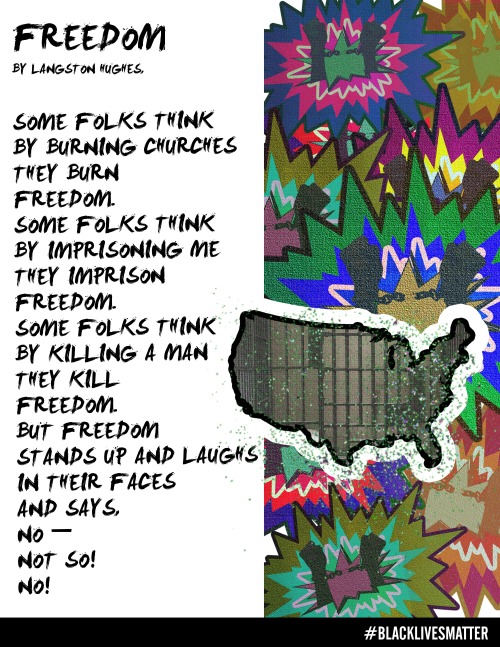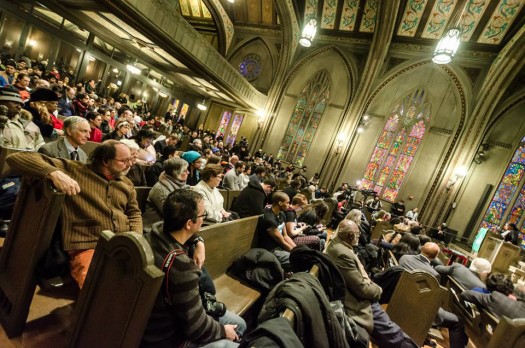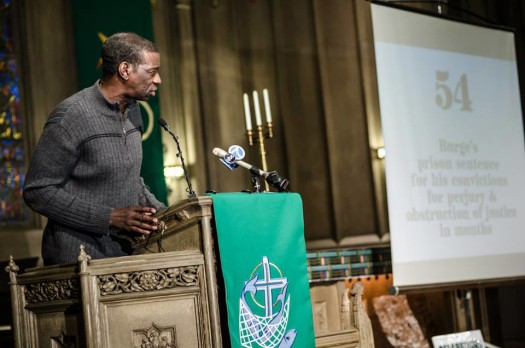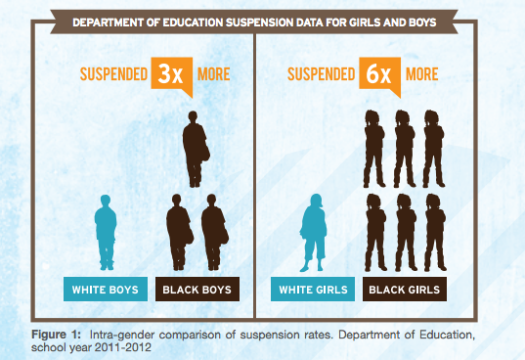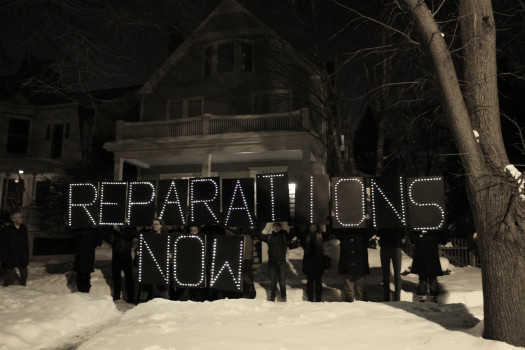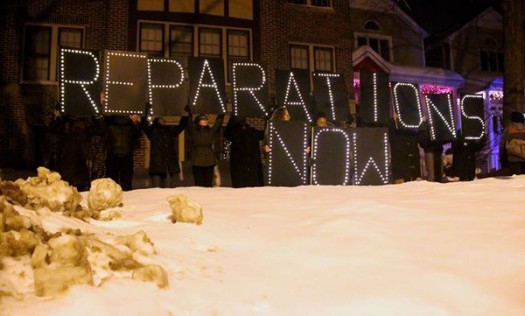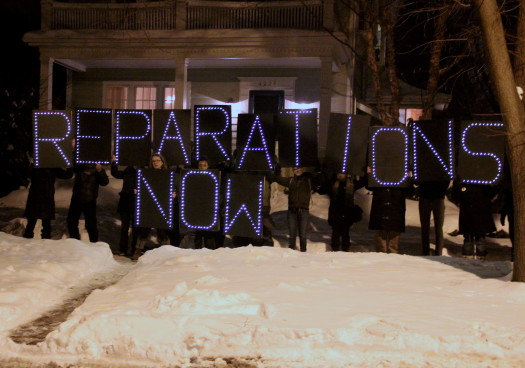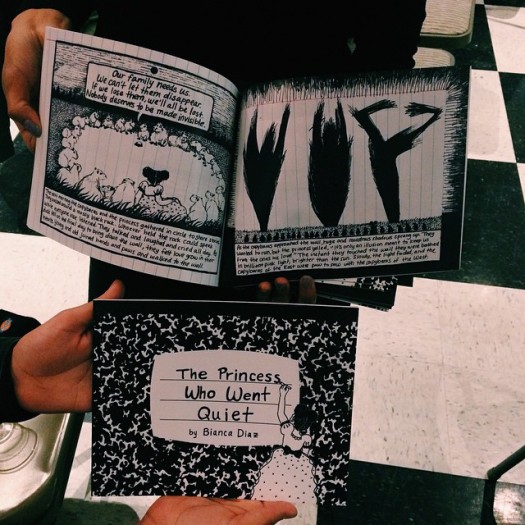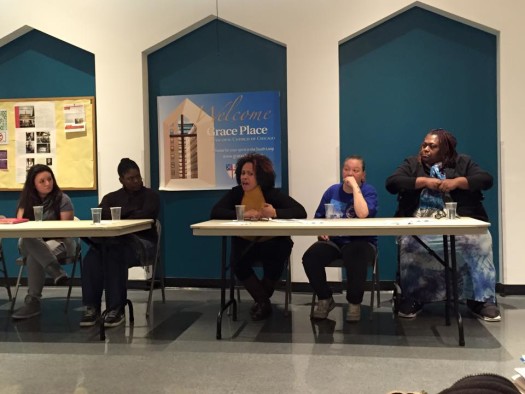Guest Post: Alternatives to Incarceration: Be Careful What You Wish For
I am grateful to Dr. Susan Sered for allowing me to re-publish this post from her blog. Dr. Sered is a well-respected sociologist and her latest book is titled “Can’t Catch a Break Gender, Jail, Drugs, and the Limits of Personal Responsibility.” The book is currently sitting in my TO READ pile and I can’t wait to get to it soon.
As awareness is growing of the financial and human costs associated with mass incarceration, we’re hearing talk from politicians on both sides of the aisle (and, believe it or not, even from the Koch Brothers) about the need for “alternatives to incarceration” (ATIs).
The term “alternatives to incarceration” takes for granted that we are talking about ways to handle criminals who otherwise would need to be incarcerated — that incarceration is a reasonable baseline against which to measure “alternatives.” In light of the over-representation of Americans of color and low-income Americans in jails and prisons, however, it’s necessary to be careful about any sort of presumption of correlation between criminality and incarceration. In fact, about a third of people locked up in the US are awaiting trial; that is, they have not been convicted of a crime. Another third are locked up because they violated the terms of probation or parole; that is; the “criminal” act was not sufficiently egregious to require imprisonment but a subsequent action – often simply not showing up for a meeting with a parole or probation officer, or failing to keep up restitution payments or money owed in court fees – was the reason for incarceration. And 97% of federal and state criminal prosecutions are resolved by plea bargain – often accepted by defendants out of fear that if they don’t accept the deal they will be locked up even longer — rather than by trial.
Given these numbers, it’s easier to make a case for abolition than for “alternatives to incarceration.” But that is not the direction in which public discourse seems to be moving. To the contrary, the increasingly popular sentiment goes something like this: A whole lot of people sitting in jails and prisons are mentally ill; they are drug users who need treatment more than they need punishment. Echoing this sentiment, Los Angeles County – the US county with the largest number of incarcerated people – recently approved a $1.9 billion proposal to tear down Men’s Central Jail and construct a 4,885-bed “Consolidated Correctional Treatment Facility”. And while “treatment” certainly sounds beneficial, the content of that treatment has yet to be spelled out.
******************************
Over the past five years I followed a cohort of Massachusetts women who cycle in and out of prison as well as a variety of treatment programs. All of the women, at some point in their lives, have been diagnosed with a psychiatric disorder (most commonly substance abuse, bipolar disorder, PTSD). Overall, these twenty-six women spent far more time in treatment than in correctional settings. Yet, at the end of five years only three women had settled into reasonably secure housing, stable employment and long-term desistance from substance abuse.
Typically, treatment programs include some combination of pharmaceutical, twelve-step and psychotherapeutic components. Most of the women I have come to know are prescribed mind-boggling assortments of psychotropic medication, some of which make them, as Elizabeth (a white woman in her early forties, Elizabeth was homeless for a decade) used to say, into “a space shot” who shuffles around in a daze that puts her at elevated risk for being robbed or assaulted. Whether anti-anxiety, anti-depression or anti-psychotic drugs, these medications are not intended to cure the underlying problems such as sexual assault and homelessness that lead to anxiety, depression and substance abuse. Rather, psychotropic medications are prescribed in order to manage the individual’s response those problems.
While not all treatment programs prescribe psychotropic medication, virtually all incorporate – explicitly or implicitly — twelve step ideology and practices. Treatment facilities tend to be plastered with twelve step slogans such as “Let Go and Let God” and “Cultivate an attitude of gratitude,” and formal AA/NA meetings typically are part of the treatment regime. With emphasis on admitting one’s powerlessness (Step 1) and making moral inventories of one’s faults (Step 4), these programs do not seem to offer the women I have come to know a meaningful script for re-organizing their lives. When I visited Joy, who has been homeless for nearly fifteen years and nearly died as a consequence of a brutal sexual assault, several weeks into her stay in a treatment facility she enthusiastically explained to me that, “I’m learning that my problems are in my head.” Unfortunately, her problems also were in the real world: Less than a year later she was back on the streets where she was sexually accosted by a police officer who then arrested her for solicitation.
Most treatment programs in Massachusetts also include some sort of psychotherapy, and nearly all of the women I know have been treated by multiple therapists over the years, sometimes beginning in adolescence or even childhood. With its focus on the individual psyche, psychotherapy addresses personal flaws such as poor impulse control, allowing oneself to be a victim, and struggles to “get over” past traumas. But as Elizabeth explains, “I don’t need to talk about my problems. I need a place to live so that I won’t be scared all of the time.” This does not mean that therapy is useless; it does mean that “talk is cheap” without the material conditions that permit women like Elizabeth and Joy to build a secure life.
*********************************
There is little evidence pointing to long-term success for any particular drug treatment modality. Studies showing positive outcomes typically fail to track program participants for long enough time to establish meaningful rates of success, look only at participants who completed the program, fail to control for confounding variables, or look at very small numbers of participants from the start. The absence of evidence for the success of treatment programs is especially glaring when the treatment is coerced or carried out in a coercive situation. It may be tempting to believe that even if treatment doesn’t help everyone, at least it doesn’t hurt. Yet, as we’ve learned from the past — from efforts to“cure” homosexuality to the tranquilizers (“mother’s little helper“) of the 1960s, when a patient’s ideas or behaviors challenge social hierarchies of race, gender, sexual orientation or class, treatment that is ostensibly for the patient’s own good may be used to bring the “deviant” individual back into line. As those of us old enough to remember Jack Nicholson’s performance in One Flew Over the Cuckoo’s Nest can attest, therapeutic interventions aimed at “getting inside” the patient’s head can carry heavy costs indeed.
The murky line between punishment and treatment has not been lost on some of the corporations involved in the prison industry. Correctional Healthcare Companies, for example, has expanded beyond providing medical services to prisons and now offers services for the “full spectrum” of “offenders” lives: “pre-custody, in custody, and post-custody,” a timeline that perhaps says more than the company intended about American understandings of criminality.
